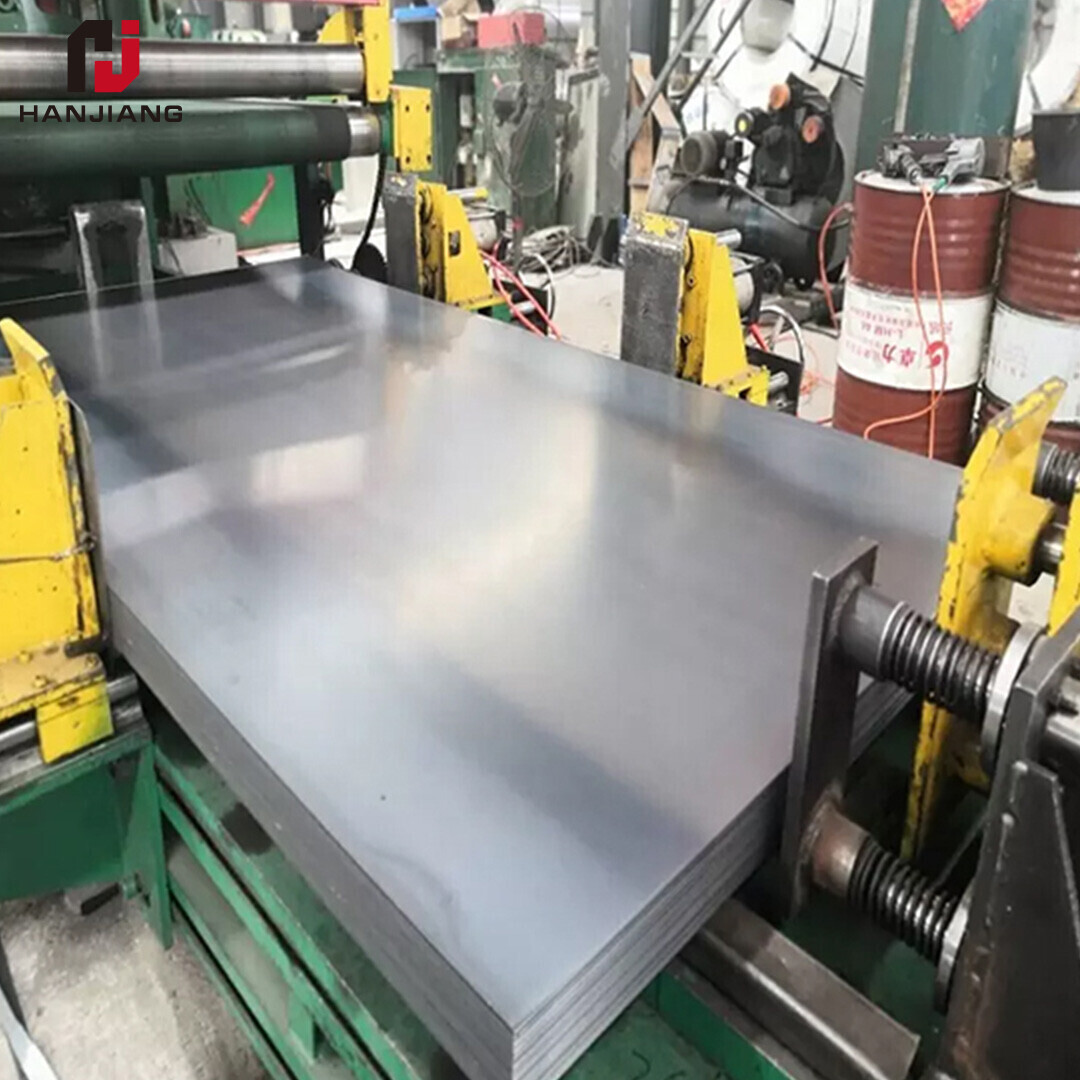NEWS

Understanding Carbon Steel Plates
Carbon steel plates are widely used in construction, manufacturing, and industrial applications due to their strength, durability, and cost-effectiveness. These plates are made from carbon steel, which is an alloy of iron and carbon, with trace amounts of other elements. The carbon content typically ranges from 0.05% to 2.1%, influencing the steel's hardness and tensile strength.
When selecting a carbon steel plate, it's essential to consider the specific requirements of your project. Factors such as the environment, load-bearing capacity, and exposure to corrosive elements will determine the best type of carbon steel plate for your needs.
Types of Carbon Steel Plates
Carbon steel plates are categorized into three main types based on their carbon content: low carbon steel, medium carbon steel, and high carbon steel. Each type has distinct properties and applications.
- Low Carbon Steel: Contains up to 0.3% carbon. It is malleable, easy to weld, and commonly used in automotive bodies and structural components.
- Medium Carbon Steel: Contains 0.3% to 0.6% carbon. It offers a balance of strength and ductility, making it suitable for gears, axles, and machinery parts.
- High Carbon Steel: Contains 0.6% to 2.1% carbon. It is extremely hard and wear-resistant, ideal for cutting tools and springs.
Key Factors to Consider When Choosing Carbon Steel Plates
Material Grade
The grade of carbon steel plate is a critical factor in determining its suitability for your application. Common grades include ASTM A36, ASTM A572, and ASTM A516. ASTM A36 is a general-purpose grade with good weldability and formability, while ASTM A572 offers higher strength for structural applications. ASTM A516 is designed for pressure vessels and boiler applications.
Thickness and Size
The thickness of the carbon steel plate affects its load-bearing capacity and durability. Thicker plates are used for heavy-duty applications, while thinner plates are suitable for lighter loads. Standard thicknesses range from 3mm to 200mm, but custom sizes can be ordered to meet specific requirements.
Surface Finish and Coatings
The surface finish of a carbon steel plate can impact its performance and longevity. Options include hot-rolled, cold-rolled, and galvanized finishes. Hot-rolled plates have a rough surface and are cost-effective, while cold-rolled plates have a smoother finish and better dimensional accuracy. Galvanized plates are coated with zinc to enhance corrosion resistance.
For projects requiring additional protection, consider DC53D+Z Pre-painted Galvanized Corrugated Sheet, which combines the strength of carbon steel with a pre-painted finish for superior durability and aesthetics.
Industry Standards and Certifications
When purchasing carbon steel plates, ensure they meet relevant industry standards such as ASTM, ISO, or EN. These certifications guarantee the material's quality, performance, and safety. For example, ASTM A36 is a widely recognized standard for structural steel, while ISO 9001 certification indicates a manufacturer's commitment to quality management.
Common Applications of Carbon Steel Plates
Carbon steel plates are versatile and used in various industries, including:
- Construction: For beams, columns, and structural frameworks.
- Manufacturing: For machinery parts, tools, and equipment.
- Transportation: For shipbuilding, rail cars, and automotive components.
- Energy: For pipelines, pressure vessels, and wind turbines.
Cost Considerations and Alternatives
While carbon steel plates are generally affordable, costs can vary based on grade, thickness, and finish. For budget-conscious projects, low carbon steel plates are a cost-effective option. However, if corrosion resistance is a priority, consider stainless steel or aluminum as alternatives, though they come at a higher price.
FAQs About Carbon Steel Plates
What is the difference between carbon steel and stainless steel?
Carbon steel contains primarily iron and carbon, while stainless steel includes chromium for enhanced corrosion resistance. Carbon steel is stronger and more affordable, but stainless steel is better for corrosive environments.
How do I determine the right thickness for my project?
Consult engineering specifications or a structural engineer to calculate the required thickness based on load, stress, and environmental factors.
Can carbon steel plates be welded?
Yes, carbon steel plates are weldable, especially low and medium carbon grades. High carbon steel requires pre-heating and post-weld heat treatment to prevent cracking.
Why Choose Our Carbon Steel Plates?
Our carbon steel plates are manufactured to the highest industry standards, ensuring reliability and performance. We offer a wide range of grades, thicknesses, and finishes to meet your specific needs. For projects requiring advanced protection, our DC53D+Z Pre-painted Galvanized Corrugated Sheet provides exceptional durability and aesthetic appeal.
Contact us today to discuss your requirements and receive expert advice on selecting the perfect carbon steel plate for your project.


